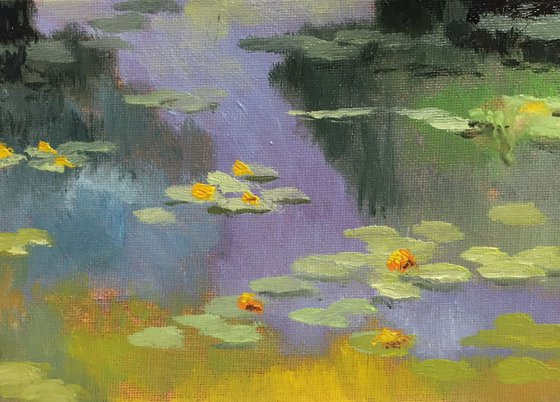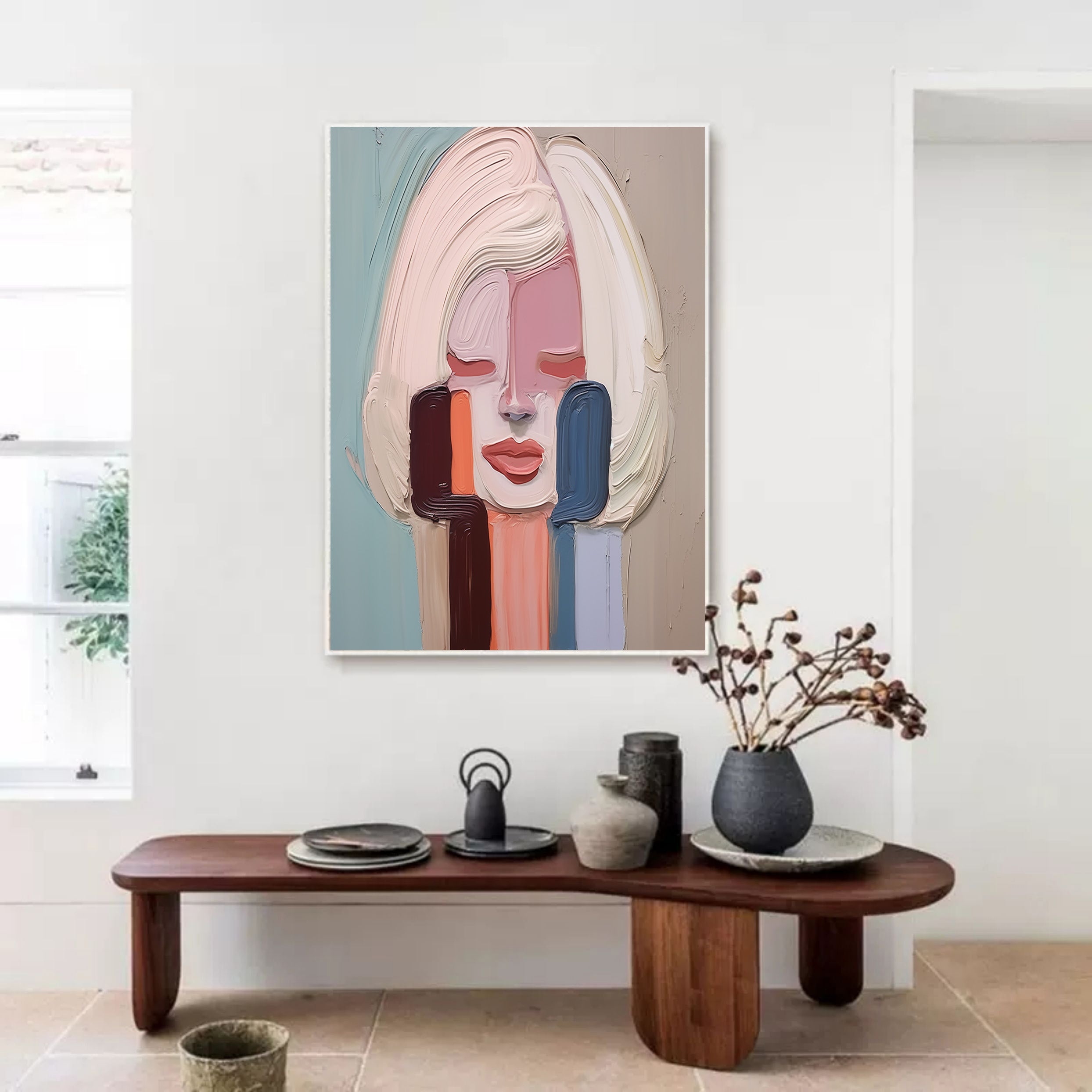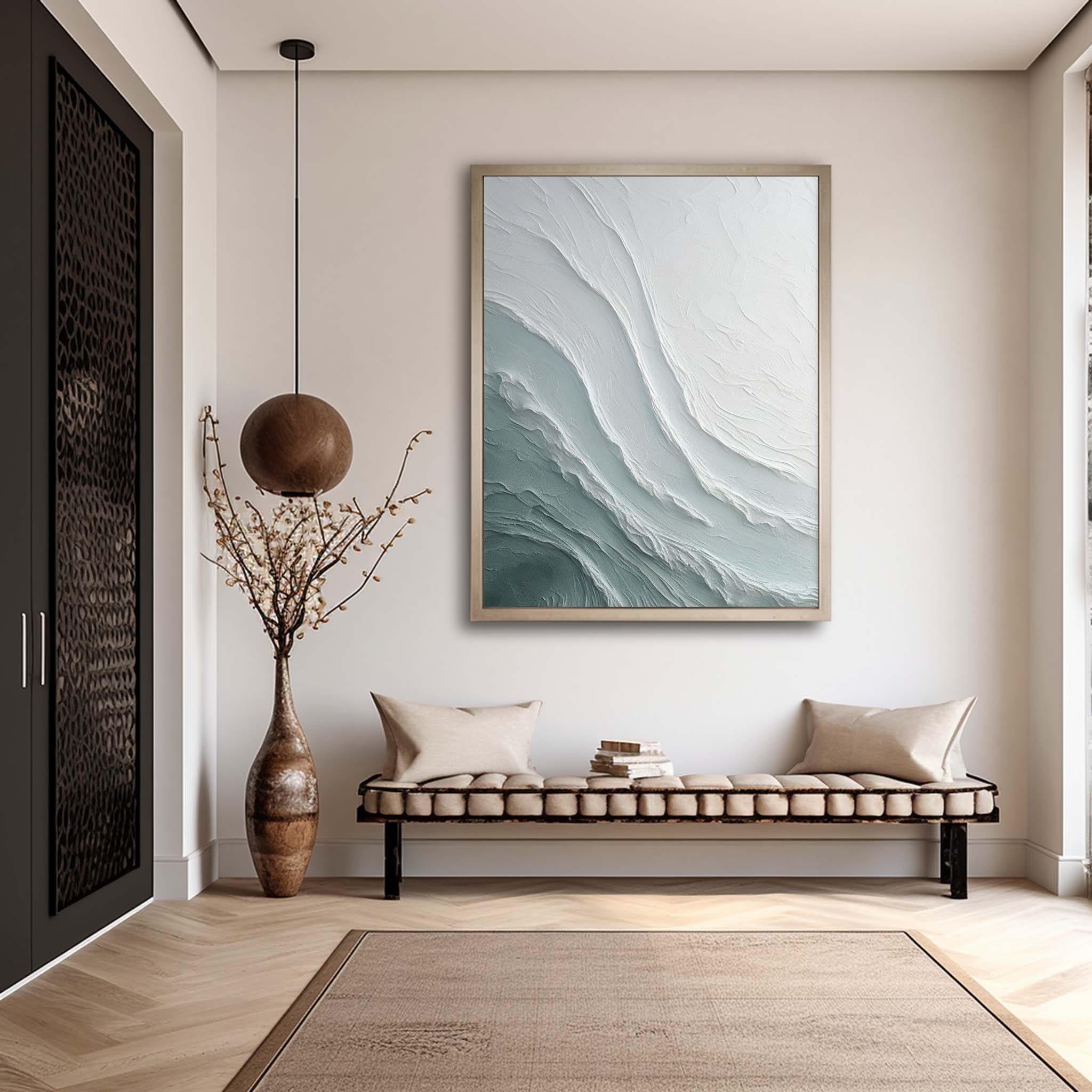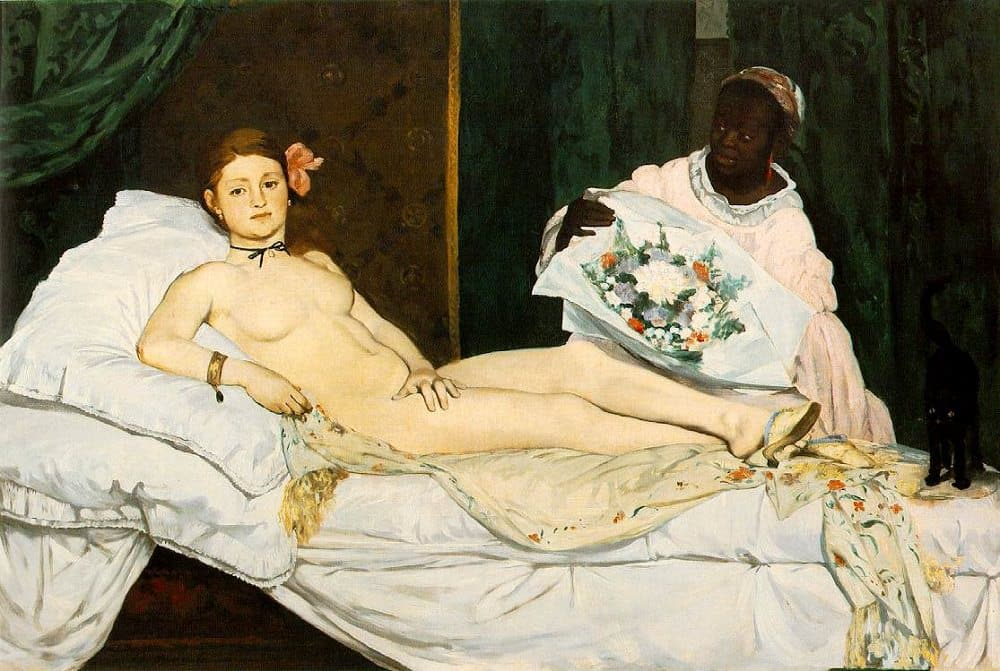
What’s the difference between modern and contemporary art
Chances are, you’ve used the word ‘modern’ to mean ‘contemporary’ and ‘contemporary’ to mean ‘modern’. Potato-potarto, eh? Well, when it comes to art, it’s more like potato-tomato.
The words ‘modern’ and ‘contemporary’ can be used pretty interchangeably and usually to describe something that’s on-trend or new. When talking about art however, these terms aren’t generic but relate to more specific eras. Within these eras are various subsets and styles, which can also be confusing. Bear with us.
All about timing
The modern art period began during the 1860s and up to some point between the 1950s and 1970s. For simplicity’s sake, think of it as a 100-year period.
Contemporary art on the other hand, relates to what’s being created today (although art historians generally describe art as ‘contemporary’ if it was made from the 1960s or 1970s onwards).
Van Gogh, Monet and O’Keeffe? They’re all modern. Hirst, Kusama and Koons? Contemporary. Starting to notice the difference?
Defining the era
There is more to art than chronology. Though various movements exist within each period, there are a few central beliefs and ideologies relating to each era.
The very first modern artworks were drastically different to those of the past, moving from very realistic and detailed works to a much more fluid take on reality and perspective. Most art historians agree it was Édouard Manet’s modern painting Le Dejeuner sur l’Herbe (Luncheon on the Grass) in 1863 that first displayed this controversial turn in art. Artworld purists were shocked to their very core that Manet had messed with classical perspectives. Cheeky.
By playing with perspectives, artists had more freedom to explore and represent meaning in their art. Without needing to rely on entirely realistic representations of people and landscapes, modern artists were able to play with the audience’s gaze, offering not just an immediately obvious image, but to suggestions of what may have been intended.
It was the advent of abstract impressionism that critics and historians mostly agree as the emergence of the contemporary art period, with Jackson Pollock a key figure. Contemporary artists started to shift away from the image itself and what that meant, to focus on the ideas and concepts behind the artwork. For Pollock, his paint splashes were indicative of his inner mind and emotions.
As well as new concepts, contemporary art saw new mediums such as installation and performance art, which toyed with our sense of what art can be. A conversation between the artist and the audience began, making the art a discussion. So, rather than the audience deciphering meaning, the work is often about meaning itself.
Not so much potato-potarto anymore.
Modern and contemporary art movements
Within each era are movements and styles operating within the parameters of the central concepts described above.
For example, the modern period witnessed movements such as Impressionism, Abstraction, Cubism and Surrealism, while contemporary art included Pop art and Post-Impressionism, installation and performance art.
And remember: Contemporary artists do create art that’s modern in style, but the key is that while it may be modern in style, it’s not modern art. See? Potato-tomato.




